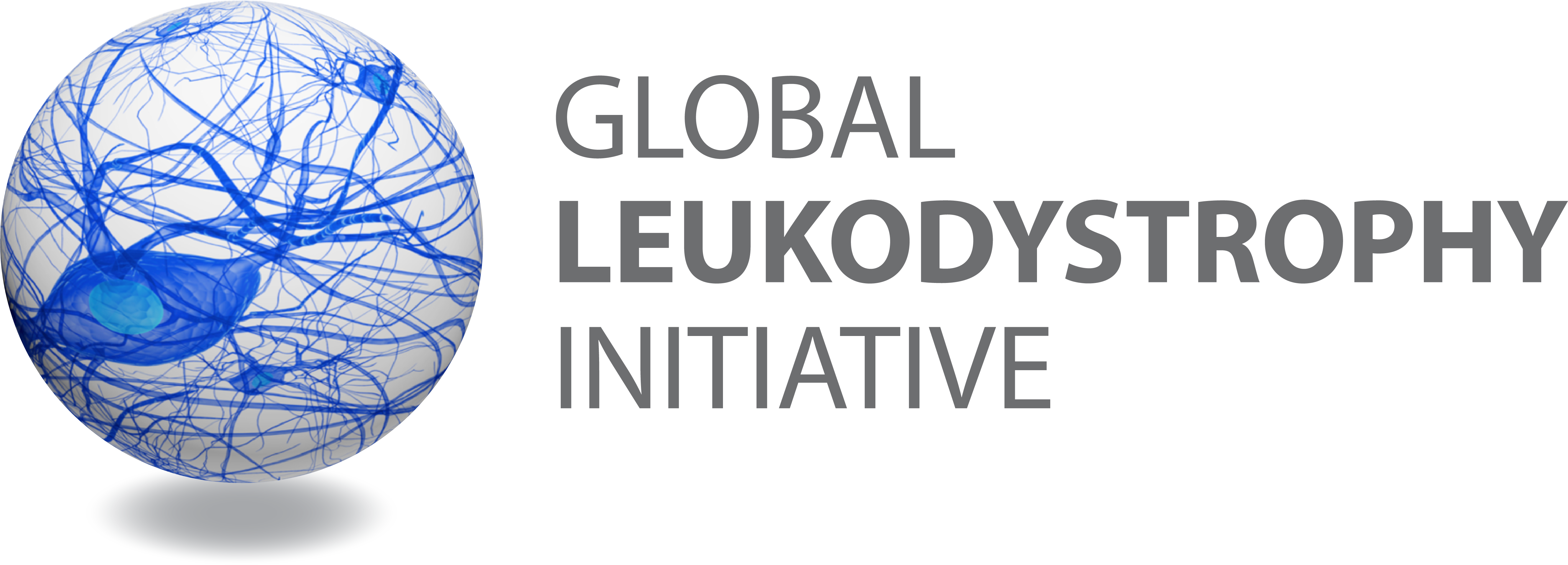Diseases Studied

Disorder Definitions
Learn about the diseases we study and discover how our team is working to advance research for leukodystrophies.
Adrenoleukodystrophy and Adrenomyeloneuropathy
An X-linked disorder (on the X chromosome) characterized by the disruption in fat metabolism (break down) which leads to the accumulation of long-chain fatty acids throughout the nervous system, adrenal glands, and testes. Symptoms include progressive weakness and rigidity of the legs, ataxia (lack of coordination), speech impairment, adrenal insufficiency (lack of production of certain hormones), sexual dysfunction, incontinence, vision and hearing loss, seizures, and behavioral problems. When the disease affects men in their 20s or later, it is known as adrenomyeloneuropathy.
Aicardi-Goutières Syndrome
A rare, inherited disease primarily affecting the brain, skin, and immune system. Symptoms usually manifest within the first year of life, including leukodystrophy, or the destruction of myelin (the fatty coating surrounding nerve fibers) in the brain, abnormal calcium deposits in the brain, white blood cells in the cerebrospinal fluid, seizures, fevers, failure to thrive (growth and feeding problems), developmental regression (loss of acquired skills), hypotonia (low muscle tone), spasticity (muscle rigidity), and chilblains (painful, itchy skin lesions).
Learn More from GARDAlexander Disease
A rare, inherited disease primarily affecting the brain, skin, and immune system. Symptoms usually manifest within the first year of life, including leukodystrophy, or the destruction of myelin (the fatty coating surrounding nerve fibers) in the brain, abnormal calcium deposits in the brain, white blood cells in the cerebrospinal fluid, seizures, fevers, failure to thrive (growth and feeding problems), developmental regression (loss of acquired skills), hypotonia (low muscle tone), spasticity (muscle rigidity), and chilblains (painful, itchy skin lesions).
Learn More from GARDKrabbe Disease
A rare disease of the nervous system characterized by leukodystrophy, or the destruction of myelin (the fatty coating surrounding nerve fibers). Symptoms include irritability, muscle weakness, seizures, vision loss, fever without cause, developmental delays, and difficulties with feeding, swallowing, and breathing. A hallmark characteristic is the presence of globoid cells (abnormal, large cells with more than one nucleus) in the brain.
Learn More from GARDMetachromatic Leukodystrophy (MLD)
A rare, inherited disease characterized by the accumulation of sulfatides (fat granules that stain differently than surrounding tissues during microscopic evaluation). Sulfatides cause progressive leukodystroph which is the destruction of myelin (the fatty coating surrounding nerve fibers). Symptoms include mental and motor skill regression, seizures, incontinence, paralysis, vision and hearing loss, speech difficulties, peripheral neuropathy (sensory changes and motor weakness in the extremities), gallbladder dysfunction, spasticity (muscle stiffness), and gait disturbance.
Learn More from GARDPelizaeus-Merzbacher Disease (PMD)
Pelizaeus-Merzbacher disease – commonly referred to as “PMD” – is one of a group of genetic disorders called leukodystrophies that affect the white matter of the central nervous system, including the brain and spinal cord. Specifically, it affects the development or maintenance of a fatty substance called myelin, which surrounds nerve fibers and promotes the rapid transmission of nerve impulses. Absent or damaged myelin slows down or blocks messages between the brain and the rest of the body and can cause problems with movement, speech, vision, hearing, as well as mental and physical development.
Learn More from GARD
